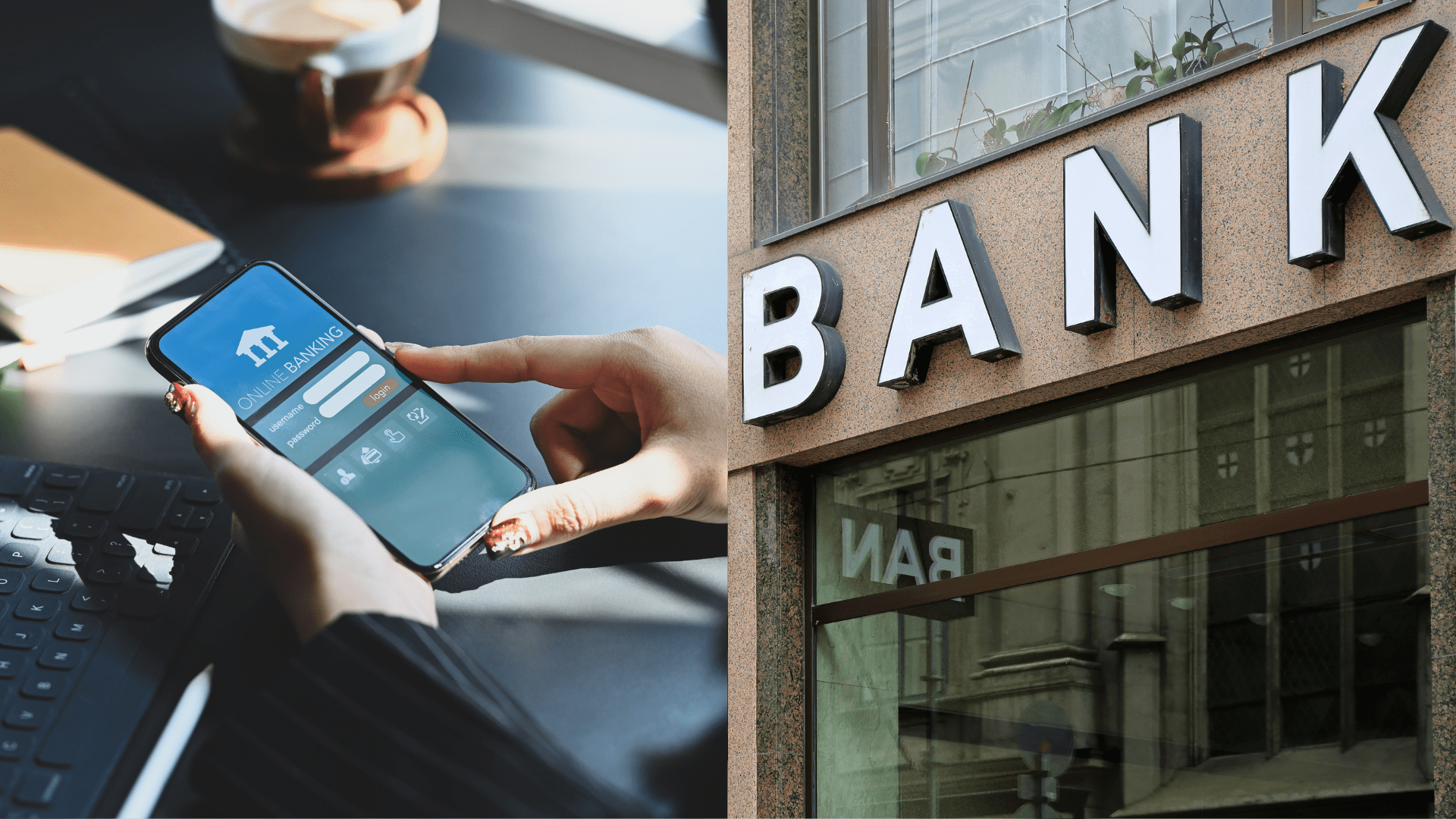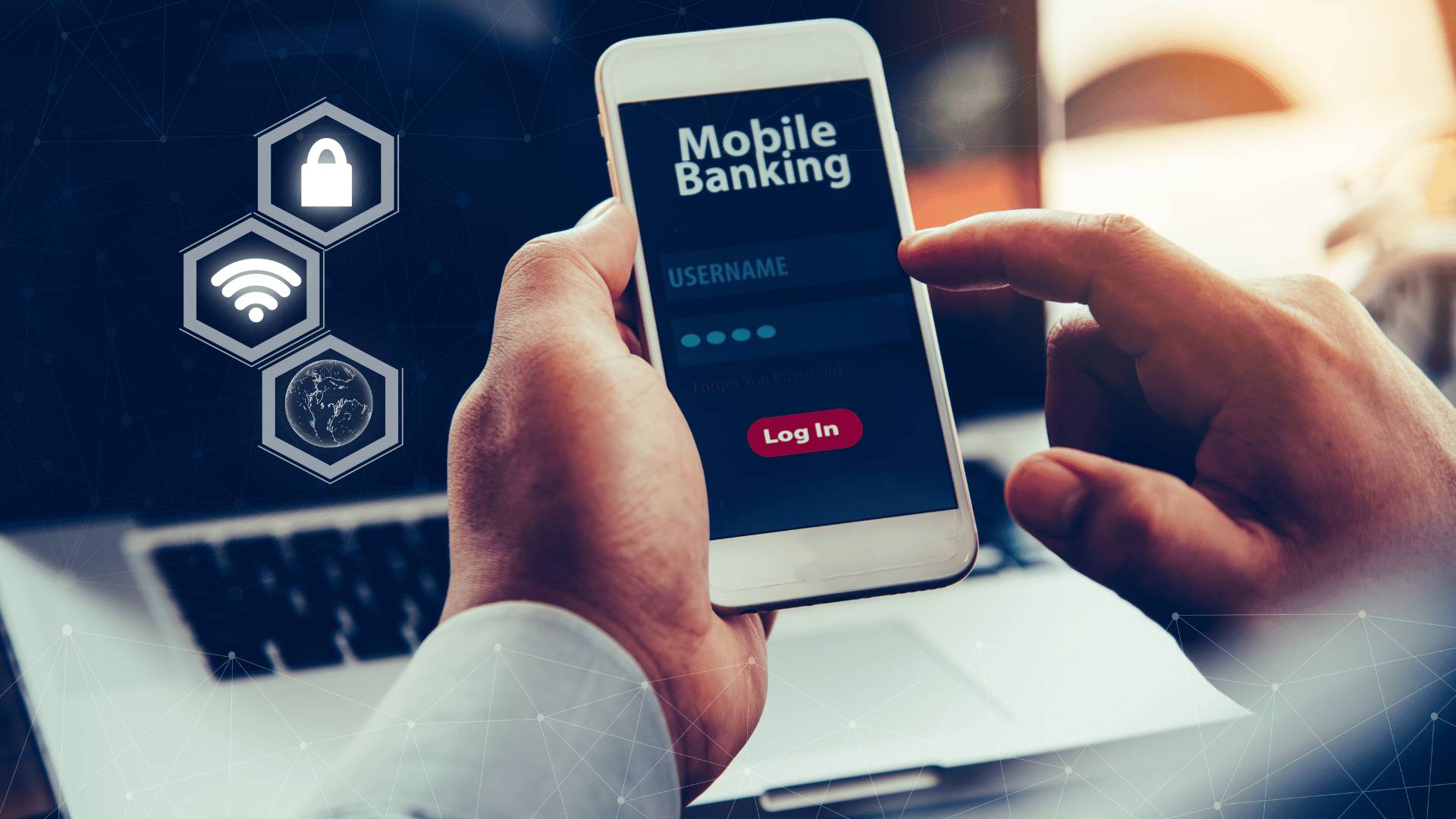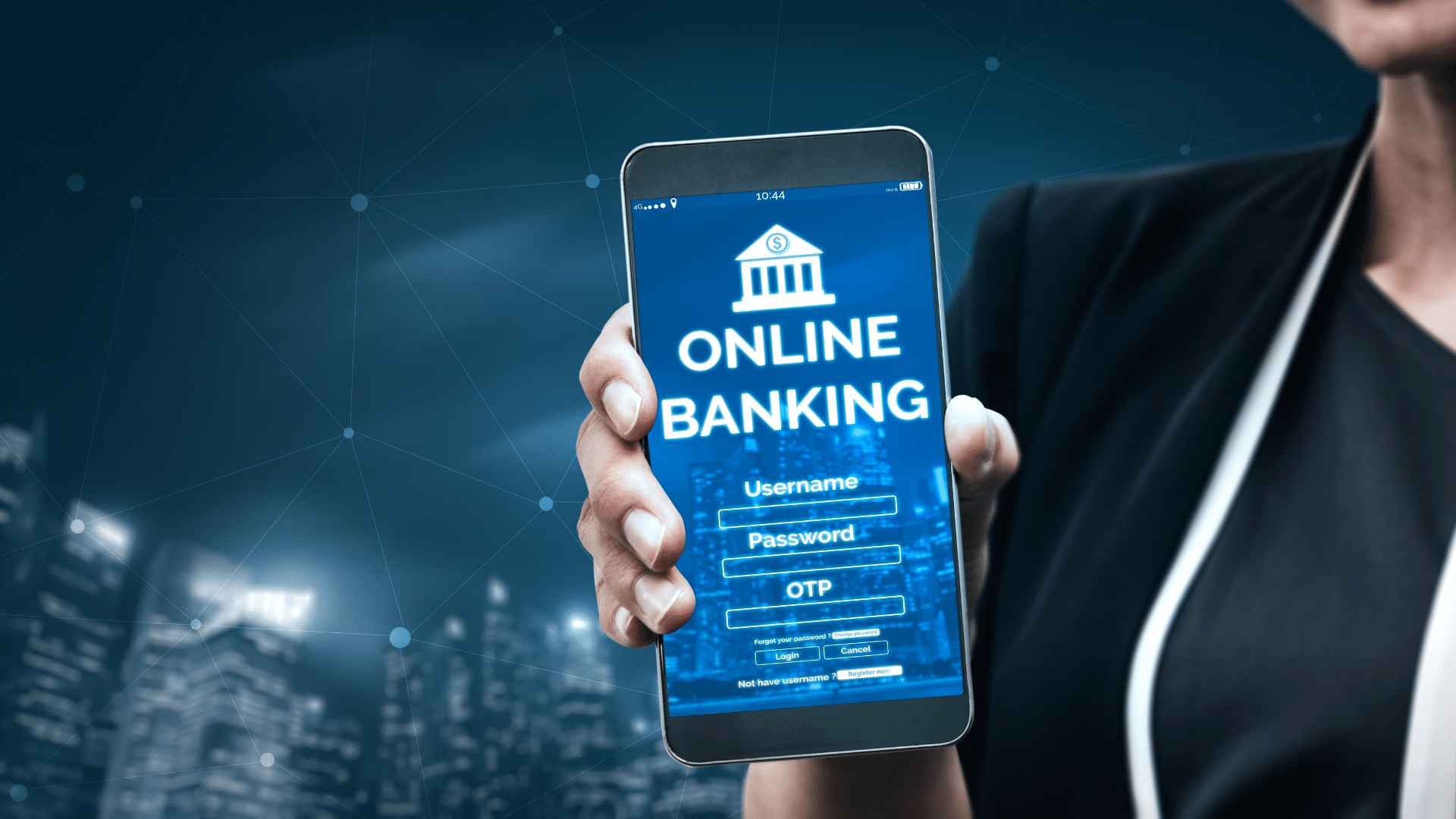Banking system all over the world has undergone a significant change in recent years, thanks to the advancement of technology. In the Philippines, people still weigh the pros and cons between traditional banking and digital banking or online banking.
While traditional banking has been a cornerstone of the financial industry for generations in the Philippines, digital banking or online banking is quickly becoming the preferred choice for many Filipinos. But which is right for you?
In this blog, you will learn the key differences between traditional and digital banks or online banking, exploring their respective pros and cons, and help you make an informed decision about your banking needs in 2023.
So here are the things you need to understand in evolving landscape of financial services and discover which banking method suits your lifestyle and preferences:
Pros of Traditional Banking
Traditional banking in the Philippines has evolved over the years to cater to the diverse needs of the Filipino population. It provides essential services like opening traditional bank account such as checking or savings account, loans, and investment opportunities. The culture of traditional banks typically reflects the enduring values of trust, stability, and community that have long been associated with this essential sector of the country's economy. So here are the other advantages of this form of banking:
- Personal Touch: With the existence of a traditional bank through physical bank branch, personal relationships and face-to-face interactions are created. Traditional banks offer in-person interactions. This can be beneficial when you have complex financial needs, want personalized advice, or simply prefer having a human interaction or dealing with a real person.
- Trust and Security: For generations, people have entrusted their hard-earned money to traditional bank because of a long-standing reputation for reliability. The stability and reputation of a traditional bank in the Philippines have been built over decades, assuring customers that their savings are safe and protected. The physical presence of branches can also provide a sense of security.
- Cash Handling: Traditional banks have the advantage when it comes to handling cash transactions, such as people having deposit accounts or savings accounts. You can personally deposit or withdraw large sums of cash. For businesses that deal with significant amounts of cash, traditional banking makes cash deposits and withdrawals a straightforward and hassle-free process.
Cons of Traditional Banking
Aside from the advantages, there are still cons you have to learn. So here are the other disadvantages of traditional banking:
- Limited Accessibility: While major cities are well-served by brick-and-mortar bank branches, rural and remote areas often struggle with inadequate access to financial services. You may need to travel long distances to access these traditional banks, incurring additional time and transportation costs. Moreover, these traditional banks often have limited operating hours, making it difficult for people with busy schedules to visit during their working hours.
- Higher Fees: Whether it's maintaining a minimum balance, using ATM services from other banks can add up and significantly erode your hard-earned money. Many traditional banks having these higher fees often hit the average Filipino particularly hard, as many people in the Philippines rely on basic banking services for their day-to-day financial transactions. These higher account fees or ATM fees can be a considerable burden for some Filipinos.
- Paperwork and Documentation: When dealing with traditional bank, the amount of paperwork involved can be overwhelming. This tedious process can lead to frustrating delays and bottlenecks, especially for those in urgent need of financial services. Moreover, traditional banking requires an intricate paperwork. This can be confusing for many individuals, making it difficult for them to understand the terms and conditions of various financial products. This banking vs the digital banking can feel like a step backward to some Filipinos.
- Slower Transactions: Waiting in long lines at the traditional banks or enduring delays in processing transactions can be frustrating. Whether it's to deposit cash, transfer funds, withdraw cash, or simply check your bank accounts balance, traditional banks can often be time-consuming. This sluggishness to many traditional banks can have real-world consequences, particularly in emergencies or when immediate access to funds is crucial.
Pros of Digital Banking
Digital banking, also known as online banking, has become increasingly popular in the Philippines, offering a convenient way for individuals to manage their finances. This convenient and technology-driven approach of online banking has been increasingly adopted by both financial institutions and consumers, reshaping the way Filipinos manage their finances. In this part of the blog, here are the things you have to learn on the pros or advantages of digital banking or online banking in the Philippines, shedding light on the benefits it brings to the table:
- Convenience: Convenience is one of the advantages of digital banking. Whether it's checking account balances, transferring money to loved ones, paying bills, or even applying for loans through online banks, these tasks can now be completed from the comfort of one's own home or on the go via a smartphone. This level of accessibility that online banking can offer is a game-changer, especially for those living in rural areas where physical banks are few and far between. Moreover, the convenience factor of online banks extends beyond just location – online banking offers 24/7 access, reducing the limitations imposed by regular banking hours.
- Lower Fees: Lower fees with online banking is a gain for customers, who can now conduct their financial transactions without the worry of incurring hefty charges. From lower monthly maintenance fees to minimal transaction costs, online banks are reshaping the financial landscape of the Philippines, making it not only more accessible but also more cost-effective for all.
- Speed and Efficiency: Online banks allow individuals to swiftly check their account balances, transfer funds, and pay bills with just a few clicks. Moreover, the 24/7 accessibility of online banks means that financial tasks can be completed at any time, making it incredibly convenient for busy individuals. Whether it's settling bills, managing investments, or even applying for loans, the speed and efficiency of online and mobile banking in the Philippines provide a level of flexibility that can significantly enhance one's financial well-being.
- Automated Features: And lastly, automated features are one of the advantages of digital banking. The automated features of online banking offer a multitude of benefits to customers, from instant fund transfers to scheduled bill payments, digital banking in the Philippines has simplified the way people manage their finances. These automated processes save time and effort, eliminating the need for long queues at the bank or the hassle of writing checks.
Cons of Digital Banking
And for the cons of digital or online banking in the Philippines, here are the potential drawbacks that you may encounter in this digital age:
- Security Concerns: One of the primary cons of bank account online in the Philippines is the increased risk of cyberattacks and fraud. Hackers and scammers have more opportunities to exploit vulnerabilities. You have to remain vigilant, adopting robust security measures and staying informed about the latest threats to mitigate these risks in your future transactions.
- Lack of Personal Touch: Personal connections can make customers feel valued and understood, which can be difficult to replicate in a digital environment. While online banking offers convenience and efficiency, it may fall short when it comes to addressing the unique needs and concerns of each customer. The absence of human interaction can also be particularly challenging for older generations who may not be as tech-savvy and are accustomed to a more personalized banking experience.
- Digital Literacy: Many Filipinos still lack the necessary digital skills to navigate online banking platforms safely and effectively. The risk of falling victim to online scams or fraud is higher for those who are not digitally literate. Without a proper understanding of online security measures and the ability to discern phishing attempts, individuals can easily compromise their financial information.
What is your choice now in opening your new bank account?
The choice between digital banking vs traditional banking largely depends on your personal preferences, needs, and comfort with technology. Some individuals may prefer the personal touch and trustworthiness of traditional banks, while others may opt for the convenience, lower fees, and efficiency of digital banking. In reality, many people use a combination of both to take advantage of the strengths of each approach.
Whichever you choose, it's important to be informed about the pros and cons of both digital banking vs traditional banking and to select the one that aligns with your financial goals and lifestyle.
As technology continues to advance, the line between these two banking approaches may continue to blur, offering even more options and opportunities for consumers like you.







